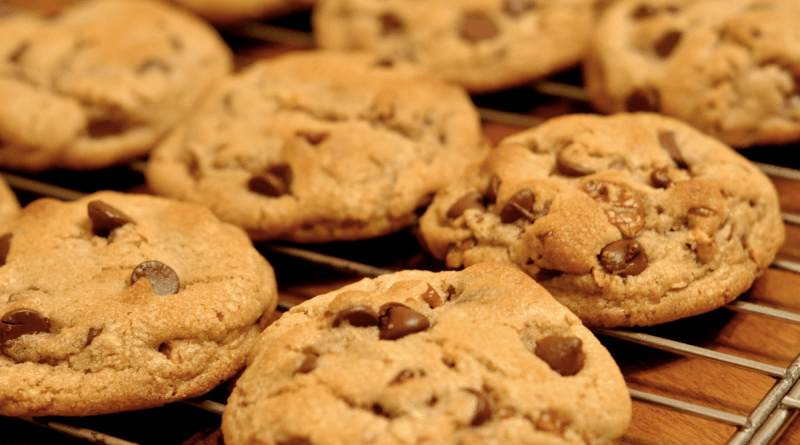Just two words on the package can change the taste of cookies
Just two words on the package can change the taste of cookies
Researchers at Ohio State University have studied the extent and depth of people’s negative attachment biases and found a useful phenomenon. Science knows that negative attachment is much stronger than positive attachment emotionally and seriously affects decision-making. But here’s what was a revelation, as it was a change in the way the brain processes signals-it really found what it was convinced it was going to do.
A simple experiment was taken, where packets of sweet cookies and saltine crackers were divided into three piles. The first was described as “New and Improved,” the second as “Customers Complained About,” and the third as “Normal Factory. As was to be expected, almost all respondents called the cookies from the first pile “tasty,” from the second “unpleasant,” and they had nothing to say on the third – so great was the power of preconceived perception caused by a simple description.
Difficulties began when participants in the experiment were asked to describe in detail what it was about the “bad” cookies that they did not like, but just in comparison with the “good” ones. And then it turned out that all the key parameters like size, flavor shades, color and aftertaste were the same in both cases, which is not surprising – after all, all the pieces are from the same packet. But because people believed there was something wrong with the bad cookies, their brains desperately tried to cling to something, and produced some pretty nonsensical arguments.
But the most interesting thing happened when the pastry chefs tried to put these comments into practice – the special version of the cookie actually turned out to be much better than the original. Scientists believe that when our perception is set to a negative bias, it somehow affects the work of the senses. And those begin to react to the little things that under normal circumstances we don’t notice. This allows us to both hide flaws and improve our food formulation.
